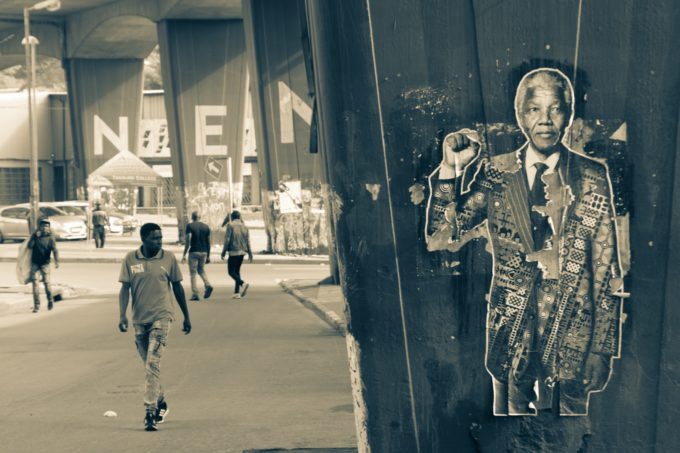
Image by Marcus Kauffman.
As my wife Chelsea and I drove through Arizona on our annual pilgrimage from California to Montana, orange smoke billowed along the darkened horizon, signals of hearts shattered and landscapes scorched. Days earlier nineteen hot shot firefighters died together as they battled the intense blazes near the mountain town of Yarnell. It was the most lethal wildfire America had witnessed in 80 years.
The Yarnell flames were so erratic and intense the team became suddenly trapped, and despite each of the men deploying their individual fire shelters, all fighting the flames that day perished. The lone survivor was out fetching a truck for his crew, only to return to the gruesome scene to find his buddies were gone. It was the single deadliest incident for firefighters since the 9/11 attacks on the World Trade Center.
The post Up in Smoke appeared first on CounterPunch.org.
This post was originally published on CounterPunch.org.













